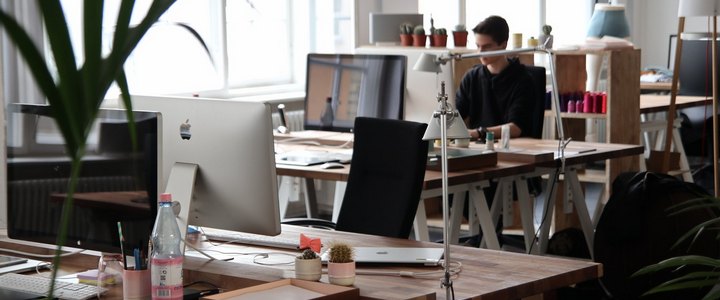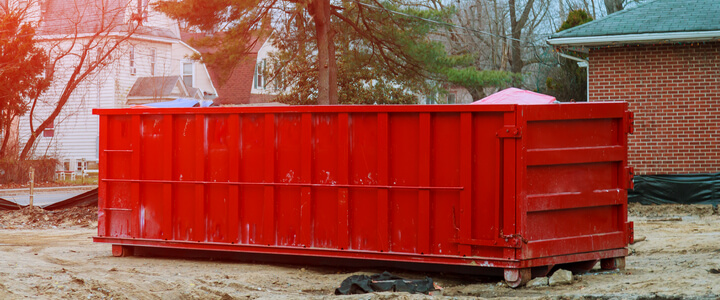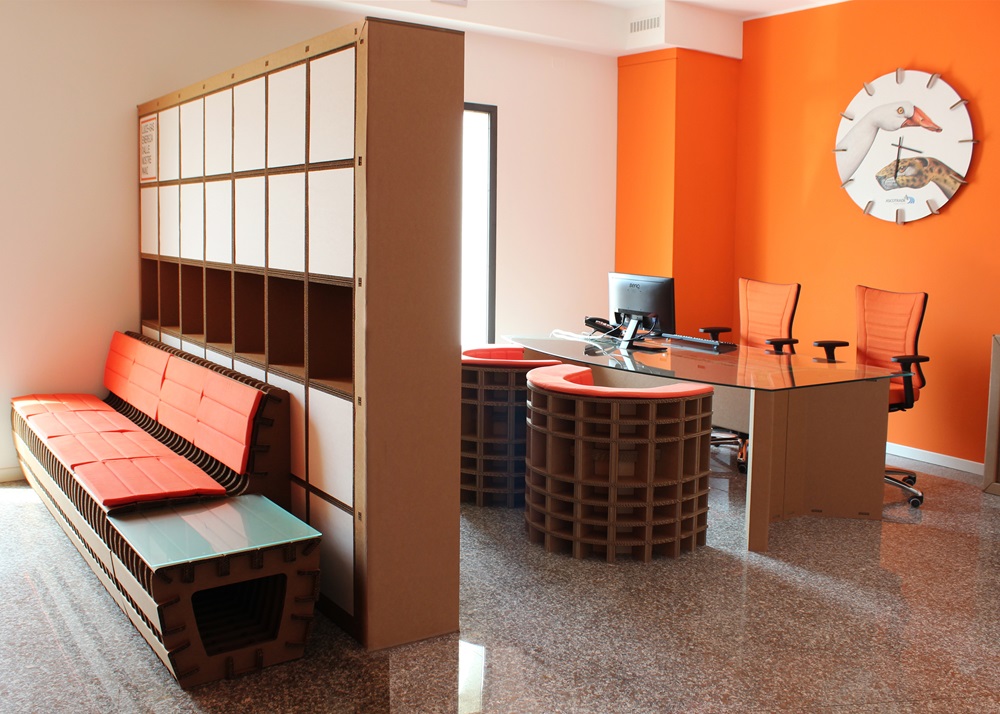How to Reduce Waste as a Small, Sustainable Business
Starting a business is full of excitement but also has its challenges. Customers today have high expectations of businesses. They want better customer service, faster delivery times, higher quality products, and (perhaps most importantly) they want to know the companies they buy from care about the planet.
Forbes reports that “highly empowered consumers seek and champion brands that commit to sustainability.” Creating a more sustainable business isn’t just about looking after the planet and reducing climate change, it’s about showing your customers how much you care.
In this article we will be sharing how to reduce waste as a small, sustainable business. We hope it gets you thinking about the changes you can make that will help your business, your customers, and the planet. Let’s get started.

1. Perform a Business Waste Audit
The first and most important step in reducing business waste is carrying out a waste audit. This involves identifying everything about your company that creates waste, from the creation of your products and the energy you consume to the consumables you stock and the methods used to dispose of waste.
By taking the time to perform a business audit you can gain an in-depth insight into your business and how it is caring for the environment. Often, despite your best efforts, there will have been things you overlooked, from packaging choices through to the soap in the bathrooms. By auditing your workspace and processes, you will be able to highlight areas for improvement and make positive changes that reduce your impact on the environment.
2. Commit to Online Payment Systems
As a small business, it’s likely your accounts situation is a challenge. Whether you’re struggling to have your invoices paid on time, you’re wasting paper in receipts, or you are turning away customers due to your complicated payment methods, it’s time to simplify things.
Committing to online payments is one of the best ways you can streamline your business, support your customers, and prioritise sustainability. Introducing an online card payment system makes it easy for your customers and suppliers to pay you and helps save environmental resources, reduce paper waste, and save valuable time. Committing to online payment systems is a great way to become more sustainable as a business.
3. Switch to Online Processes
Remember the days when emails would be printed out and filed or weekly schedules would be written out in diaries? So much paper went to waste. However, despite the fact we live in a digital world, Road Runner, the smarter recycling company, still reports that “the average office worker generates about two pounds worth of paper and paperboard products every day and uses roughly 10,000 sheets of copy paper per year!”
There has never been a better time to switch to online processes. It might take some time for your employees to get used to organising their work calendars, monitoring projects, and keeping in touch with clients completely online, but we can say with confidence that once you go digital you never go back!
4. Get Rid of Single-use Plastics
Single-use plastics are the kinds of plastic products that you use once and then throw away. They include things like plastic cups, plates, straws, and cutlery and they all end up in landfill, causing significant environmental strain. GreenPeace explains how “disposable plastic items don’t biodegrade. They just break down into micro particles that contaminate our environment. Microplastics, smaller plastic particles that result from single use plastic breaking down, pollute our water sources and even our food.”
There are many ways to get rid of single-use plastics from your workplace. You could invest in reusable water bottles, source dinner sets from charity shops to stock your kitchen, and replace plastic cutlery and straws with reusable, metal alternatives. These small changes alone could save thousands of single use plastic items from your office ending up in landfill every single year.
5. Introduce Single Stream Recycling
Single-stream recycling is as basic as recycling gets. It’s ‘recycling-for-dummies’, making it the perfect solution for office environments. Single stream recycling basically allows all your employees and customers to put their recycling into one bin. The rubbish is then sorted when it gets to the recycling depositor.
Not everyone likes this way of recycling but it is a great option if you have already tried the separate, labelled bins for cardboard packaging, glass, and recyclable plastics without any success.
6. Write a Sustainable Business Plan
As a small business, it can be hard to reach your sustainability goals. Often, business owners will try and introduce new changes all at once, many of which fail after a short period of time because it was too much too soon.
Being a small business means you don’t have as much time or as many resources as larger organisations. As such, it is important to start slowly and build your way up to your goals gradually. Turning your small business into one that is sustainable can take time and that’s okay. The most important thing is that you set a goal and you work towards it. Writing a sustainable business plan is a helpful way to achieve this!
Writing a sustainable business plan is a great way to make sustainability a priority for your business. You could write out a series of small steps that include the examples above and will gradually reduce waste and move your business towards being completely zero waste. Our advice is to take one small step at a time. After all, slow but steady wins the race.
7. Educate Employees on the Why
The hardest part about reducing waste as a business is getting your employees onboard. Sometimes, no matter how hard you try, there will be some people who just can’t be bothered. This is where climate change education can be extremely helpful.
Educating your employees on the why behind your recycling efforts can help get even the least interested employees on board with your efforts. Regardless of the industry your small business operates in, if you want to continue your sustainability efforts you need to get your team onboard and educational seminars, one-to-one sessions, informative emails, guest speakers, and incentives are all great ways to achieve this.
Final Words
If you are committed to creating a more sustainable business, it’s time to be proactive. We hope this article has encouraged you that sustainability is possible, even if you are just starting out. We hope you commit to bettering your business in ways that benefit both your customers and the planet.


















